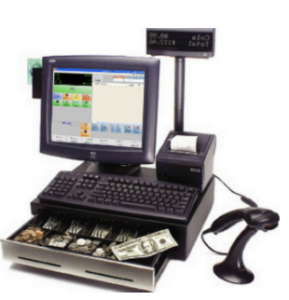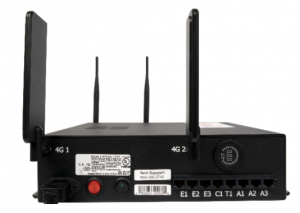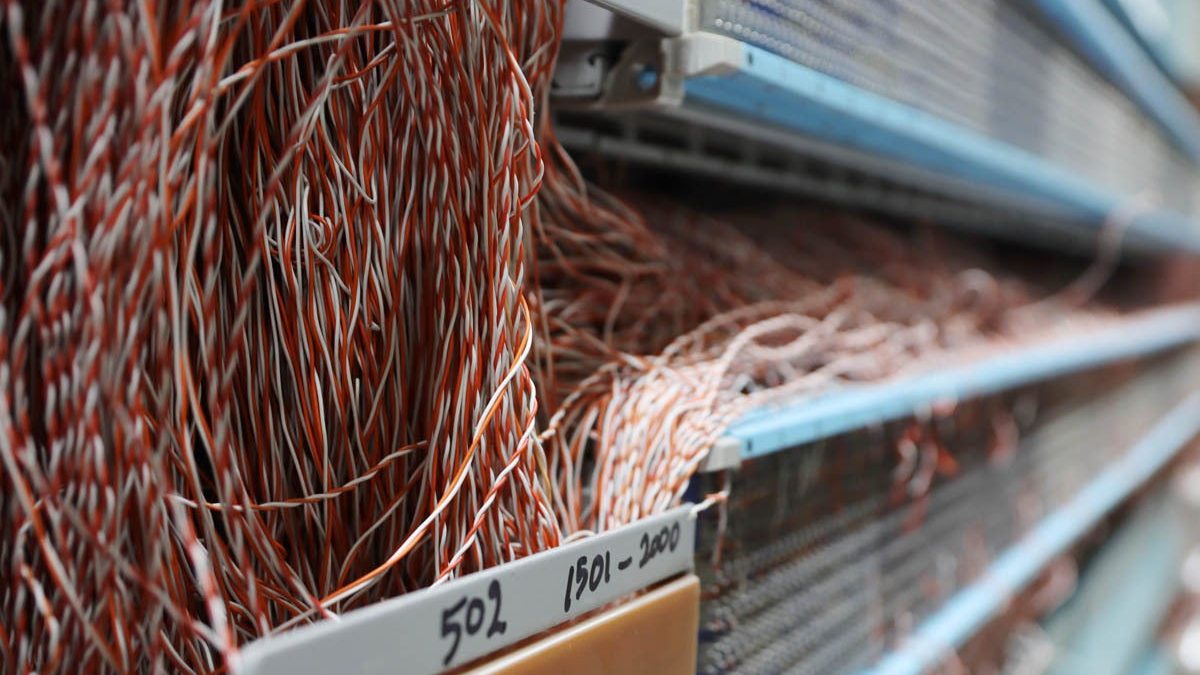It’s Time to Act on Copper Replacement
Prior to the passing of the Telecommunications Act of 1996, the copper telecommunications infrastructure across the country was a monopoly held by the incumbent local exchange carriers. Upon passing the deregulatory act, local markets were opened to competition by competitive local exchange carriers (LECS) who were now able to lease unbundled network elements (UNEs) at cost, including Plain Old Telephone Service (POTS Lines) for competitive sale to end users.
FCC Order 19-72 adopted on July 26, 2019 outlines forbearance from UNE Analog Loop and Avoided-Cost Resale obligations for price cap incumbent LECs throughout their local service areas beginning July 26, 2022.
What does POTS Replacement mean for your business?
You will need to assume that your carrier will discontinue the sale of new copper services, including POTs lines, if they have not already. Further, some carriers will send notice of termination of the copper-based product offering that your business is using today per the terms included in your MSA.
You will need to inventory copper-based services across your infrastructure and have a comprehensive plan to replace copper lines with a new technology. It is imperative to ensure that your plan prioritizes connectivity to devices required for life safety applications such as fire alarms. The FCC Memorandum Opinion and Order can be found here: FCC 19-72
What types of devices rely on POTs lines?
Many systems have been built using POTs line signaling technology and depend on their reliability for their function. Some systems also depend on central office supplied power (48V DC on-hook). Examples of POTs dependent systems include:
- Fire Alarms
- Elevators
- Call Boxes and dedicated phones for 911 Emergency Services
- Point of Sale Systems
- ATMs
- Gate Access
- Faxing and privacy compliance
- Business Resiliency and BCDR (redundancy for other voice transport)
- SCADA systems
- Out of Band Systems Management


What are the alternatives to POTs service?
Macronet Services has multiple options to transition your POTs lines to a new IP-based technology. We also have consultants who are experts in IT asset management and auditing and can help your team with a full inventory and cutover plan.
For network connectivity, POTs transformation will require an IP-based transport service at each physical location, such as LTE/5G, broadband internet, or Dedicated Internet Access. Our team can help source national and global service providers, if necessary, and determine how to interconnect the analog systems in your building to existing WAN (wide area network) links.
Several new devices have hit the market that serve as the POTs termination point in your telco closet. The leading offerings can emulate all of the functions of the legacy POTs service and will terminate to a service provider gateway that will complete the call to the PSTN (Public Switched Telephone Network).
Technical specifications of the CPE devices used in POTs replacement include:
- Rack or Wall Mounting
- 66-block, PRI Handoff, or multiple RJ-11 analog ports
- Internal Li-ion battery for standby power
- Multi-SIM capability for wireless carrier options
- Advanced security features including encryption
- SIP and VoLTE signaling with soft switch features
- Traffic shaping and QoS
- Out of band management support
- Portal-based configuration
The equipment should be managed in a carrier support model including turn-key deployment with professional installation and ongoing 24/7/365 NOC Monitoring and Support. Over-the-air firmware updates and break/fix emergency replacement is a mandatory requirement to ensure continuous operations.
Macronet Services will collaborate with your team to determine the best solution and service provider to meet your business needs.

Related Posts
3 Comments
Comments are closed.
Recent Posts
- Starlink for Business: Selecting an Authorized Reseller
- Network as a Service (NaaS) Explained The Easy Way + Tips!
- How to connect to OCI (Oracle Cloud Infrastructure)—Video Explainer + Easy Steps
- Managed Starlink for Business: Everything You Need to Know
- POTS Replacement Overview and What it All Means (2024)
Archives
- September 2024
- August 2024
- July 2024
- June 2024
- May 2024
- April 2024
- March 2024
- February 2024
- January 2024
- December 2023
- November 2023
- October 2023
- September 2023
- August 2023
- July 2023
- June 2023
- May 2023
- April 2023
- March 2023
- February 2023
- January 2023
- December 2022
- November 2022
- October 2022
- September 2022
- August 2022
- July 2022
- June 2022
- May 2022
- April 2022
- March 2022
- February 2022
- January 2022
- December 2021
- November 2021
- October 2021
- September 2021
- August 2021
- July 2021
- June 2021
- May 2021
- April 2021
- March 2021
- December 2020
- September 2020
- August 2020
- July 2020
- June 2020
Categories
- Uncategorized (1)
- Security Services (63)
- Cloud SaaS (50)
- Wide Area Network (289)
- Unified Communications (192)
- Client story (1)
- Inspiration (3)
- Tips & tricks (20)
- All (4)
- Clients (12)
- Design (3)
- News (246)
- Music (1)







[…] CLECs have begun to phase out this technology in favor of IP driven dial-tone connections. The FCC has equally provided some relief to carriers so you must pay close attention if you truly need copper lines, especially […]
[…] network solutions, LUMEN also has a vast portfolio of enterprise offerings including IT security, POTS replacement, and a leading-edge computing solution, among […]
[…] in October of 2021, the team at Macronet Services posted an article called “It’s Time to Act on Copper Replacement”. This article summarizes the FCC Memorandum and Opinion Order FCC 19-72 and what it means for […]